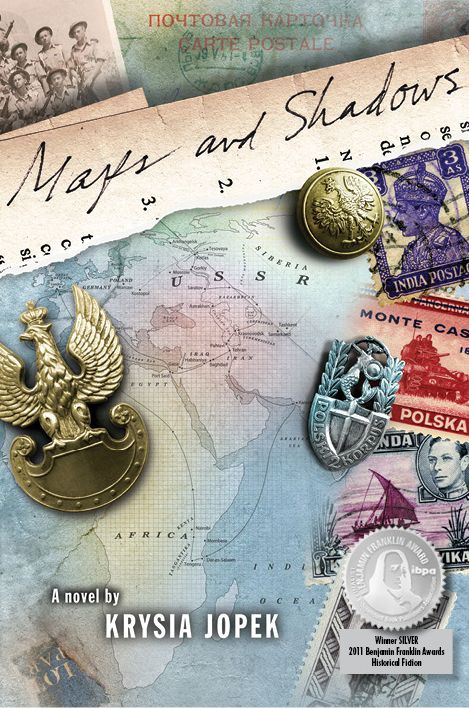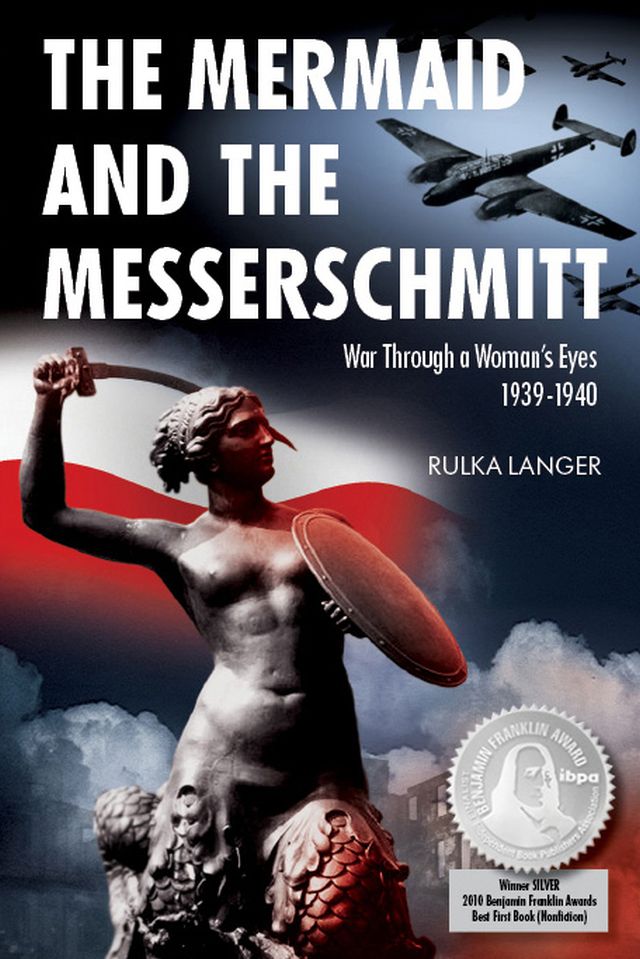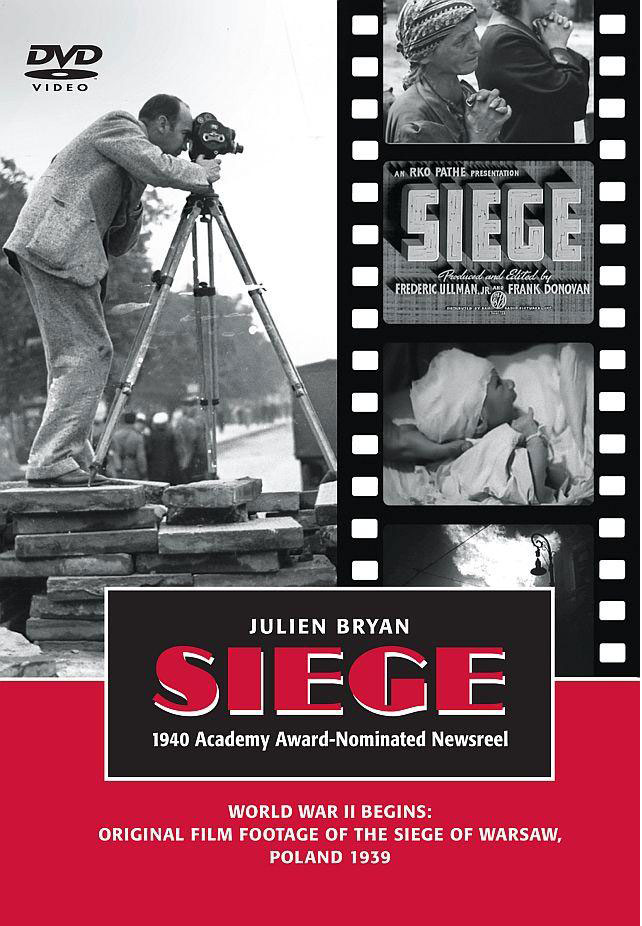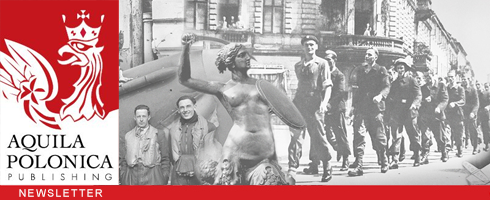April 9, 1940 – The “Phony War” Ends & the Battle of Norway Begins
The “Phony War” ended on April 9, 1940, when the Germans invaded Denmark and Norway. Denmark surrendered immediately. For the next two months Norway fought, bolstered by an Allied expeditionary force of more than 10,000 British, French and Polish troops.
The Polish Armed Forces made significant contributions—the Independent Highland Brigade fought in the Battle of Narvik, while the destroyers ORP Burza, ORP Grom, ORP Błyskawica, and submarine ORP Orzeł campaigned at sea.


During the Battle of Norway, the Grom was sunk by the German Luftwaffe. In what could be considered the first engagement of the Norwegian campaign, the day before the Germans invaded Norway, the submarine Orzeł intercepted and sank the German ship Rio de Janeiro off the coast of Norway when it refused to stop. Ostensibly a passenger ship, in fact the Rio de Janeiro was a troop transport filled with soldiers in German army uniforms, part of the secret German armada sailing into Norwegian ports without a declaration of war.

In February of 1940, the Polish Armed Forces formed a special independent unit of four battalions, named the Independent Highland Brigade of Fusiliers, also known as the Independent Highland Rifle Brigade or the Polish Podole Brigade. Under command of General Zygmunt Szyszko-Bohusz, the Highland Brigade was assigned to the Allied Expeditionary Force sent to defend Norway.

Arriving in early May, the Brigade saw heavy action in the Battle of Narvik—a strategically important ice-free harbor above the Arctic Circle through which Swedish iron ore was transported, which both the Allies and the Germans wanted to control.
On June 9, Norway capitulated. On June 14, the Germans marched into Paris unopposed. Three days later, abandoning their Allies, the French asked the Germans for a ceasefire. The following week, on June 22, France officially surrendered to Germany. British, Polish and a few other Allied troops scrambled to get out of France to Britain, in order to continue the fight.












No comment yet, add your voice below!